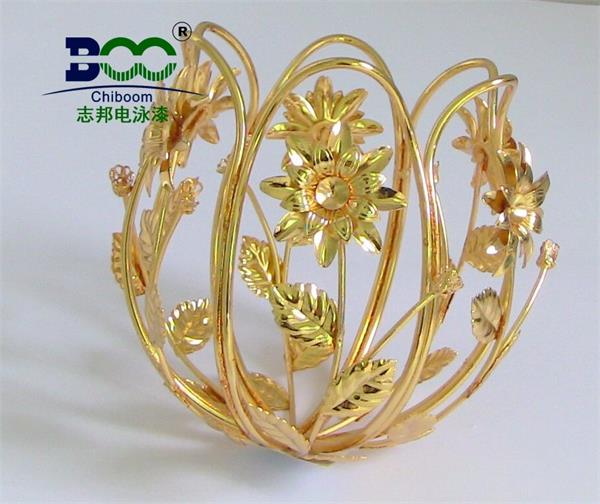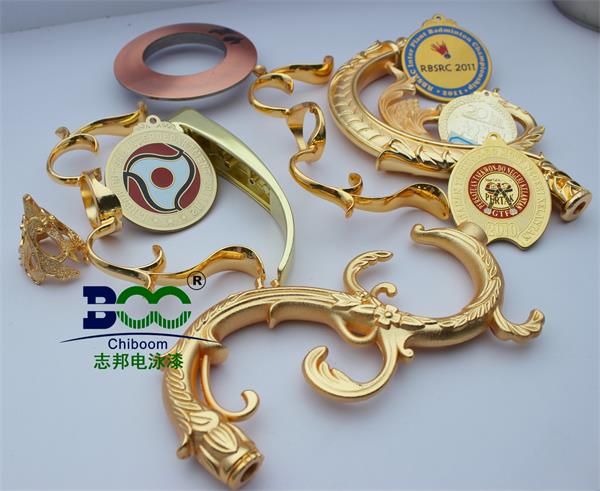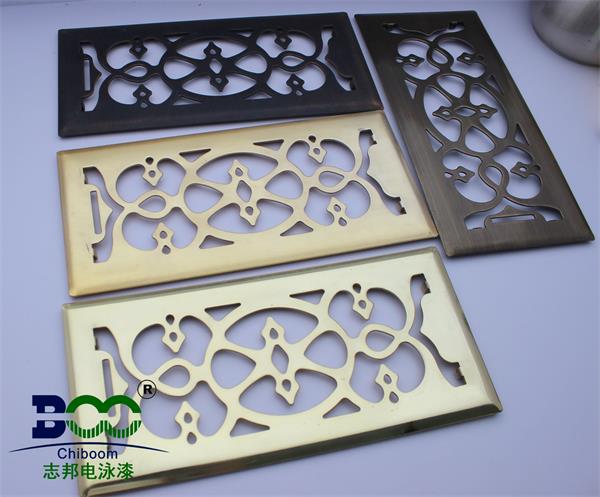What is the process flow of electrophoretic paint?
What is the process flow of electrophoretic paint?Electrophoretic paint, also known as electrophoretic coating, is a type of water-based coating that forms a uniform paint film on the surface of the workpiece by using the principle of electrophoresis. Electrophoretic paint has excellent performance, such as high electrophoretic mobility, high coverage, and low pollution, and is widely used in automotive, home appliance, building materials and other fields. The following is a basic process flow of electrophoretic paint:
Preprocessing
Before electrophoretic coating, the workpiece needs to undergo pretreatment to ensure clean and uniform coating results. The pretreatment includes the following steps:
Degreasing: Remove grease, dirt and other impurities from the surface of the workpiece.
Descaling: Remove rust and oxide layers on metal workpieces.
Surface adjustment: Adjust the surface state of the workpiece through chemical or physical methods to enhance the adhesion of the coating.
Rinsing: Thoroughly clean the surface of the workpiece to remove residual chemicals from the pretreatment process.

Electrophoretic coating
The electrophoretic coating is the core step of the electrophoretic paint process, and mainly includes the following steps:
Bath preparation: Mix raw materials such as electrophoretic paint, solvents, and additives according to the process requirements to prepare electrophoretic liquid.
Electrode arrangement: Set positive and negative electrodes to ensure that charged particles in the electrophoretic liquid can migrate in a controlled direction under an electric field.
Workpiece insertion: Insert the pretreated workpiece into the electrophoretic bath.
Electrophoretic coating: Apply a direct current electric field to cause charged particles to deposit on the surface of the workpiece to form a paint film.
Cycle filtering: Continuously cycle and filter the electrophoretic liquid to ensure the quality of the deposited film.
Coating curing: Fix the coating on the surface of the workpiece by heating or UV irradiation.
Post-processing
After electrophoretic coating, post-processing is required to enhance the performance and stability of the coating. Post-processing includes the following steps:
Rinsing: Remove residual electrophoretic liquid and impurities from the surface of the workpiece.





 WeChat
WeChat